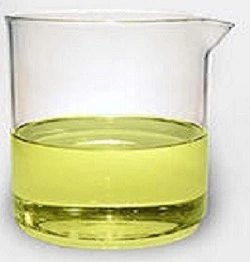IUPAC Name
Chlorine
Cas Number
7782-50-5
HS Code
28011000
Formula
Cl2
Industry
Water Treatment Chemicals
Appearance
Amber Liquid
Common Names
Liquid Chlorine, Elemental Chlorine, Molecular chlorine
Packaging
47L or 480L cylinder
Brief Overview
Chlorine is a greenish yellow gas with a pungent suffocating odor. It is toxic by inhalation and dissolve sparingly in water. Chlorine gas liquefies at -35°C and room pressure and it is readily liquefied by pressure applied at room temperature. Unconfined liquid can cause frostbite by evaporative cooling. Long-term inhalation of low concentrations or short-term inhalation of high concentrations has ill effects. Vapors are much heavier than air and tend to settle in low areas.
Manufacturing Process
Method 1: Chlor-alkali electrolysis process: An aqueous solution of sodium chloride is decomposed electrolytically by direct current, producing chlorine, hydrogen, and sodium hydroxide solution. The overall reaction of the process takes place in two parts, at the anode and at the cathode. The evolution of chlorine takes place at the anode. There are three basic processes for the electrolytic production of chlorine, the nature of the cathode reaction depending on the specific process. These three processes are (1) the diaphragm cell process (Griesheim cell, 1885), (2) the mercury cell process (Castner-Kellner cell, 1892), and (3) the membrane cell process (1970). Each process represents a different method keeping the chlorine produced at the anode separate from the caustic soda and hydrogen produced, directly or indirectly, at the cathode.
Method 2: Electrolysis of sodium chloride brine in either diaphragm or mercury-cathode cells and chlorine is released at the anode.
Method 3: Oxidation of hydrogen chloride with nitrogen oxide as catalyst and absorption of steam with sulfuric acid ("KeloChlor" process). No by-product caustic produced.
Chemical Industry: Used to manufacture organic and inorganic chemicals
Paper and Pulp Industry: Used as an oxidising and bleaching agent.
Effluent treatment Industry: Used as a disinfectant for water purification, industrial waste, sewage, swimming pools.
Other Applications:
